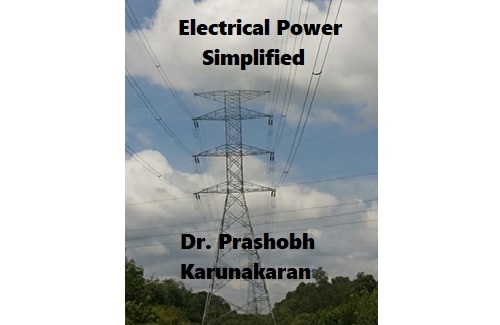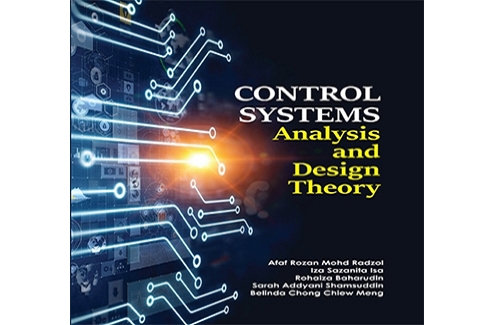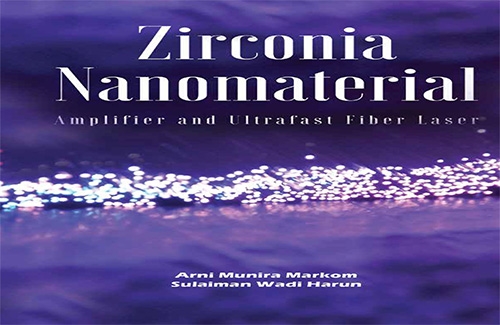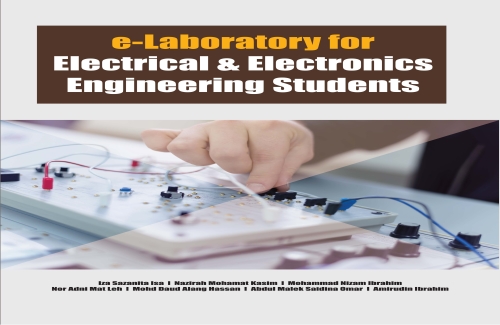Electrical Power Simplified

This book simplifies electrical power engineering and provides a working knowledge of the field. It avoids as much as possible the complicated calculations which seems to be a standard in most engineering books today. Having 27 years of field experience in engineering and talking to many even more senior engineers, including award winning inventors, we all agree that calculations are hardly used in engineering jobs. Whenever calculations are needed, they are performed by computers or software applications. Most senior field engineers and me know engineering to be a very serious subject that has very low tolerance to mistakes. To successfully execute an engineering project, a deep and clear understanding of the system must be in the engineer’s mind. They must know all the various variables that can affect the system. Some of these variables include good communication with vendors, a full understanding of the capabilities of each vendor, including the quality of the parts they supply and their engineering capability in executing a section of the project. Then there are the mood swings of all the various stakeholders. The complications of the system must be made simple in the engineer’s mind, not the other way round as seem to be taught in universities. Every single variable that impacts the system must be analyzed and software apps may have to be written to aid this (often by the lower ranking engineers), in order to cut out all sources of possible failures. And for unknown parameters, gambles must be made based on intuitions. Calculations are just tools to aid in achieving success in engineering projects and not the main engineering knowledge itself.
But in universities, engineering seems to be taught as mathematics. Some engineering lecturers who have never been in the field argue that design engineers need the calculations but most senior engineers including me have done lots of system designs. Engineering students seem to be tested most highly on calculations, leading them to a culture shock as they go out to work. Their lecturers are pressured to give calculation questions, thinking those are ranked as more complicated. But in reality, students just have to memorize those calculations to pass and are therefore not tested on real engineering capabilities; this is analogous to asking the students to reproduce a Mozart tune on a piano.
To stress this fact, the following story is a help. I did a Bachelors in Electrical Engineering at South Dakota State University, SD USA and then switched to a Masters in Economics; mainly because the Engineering Department required me to pay fees. The Economics Department offered me a full scholarship after I became the top out of 80 students in two economic courses, I took during the summer break after securing my engineering degree. I continued acing the Masters subjects and did better than Rich who shared an office room with me at the University. But I always knew Rich was much better in economics than me. I aced economics because of my engineering knowledge of mathematics and graphs. I needed the tools of equations and graphs to explain things while he could just talk about economic principles fluidly. He could give an economic analysis of situations on TV while I would be fidgeting, drawing graphs and making simple calculations to get to any answers.
I have since moved back to engineering and spent the last 27 years striving to reach the fluid knowledge of electrical engineering that Rich had for economics; including doing a PhD in engineering. I can now talk about electrical engineering as Rich talked about economics, without referring to the tools. This book is what bloomed out of that knowledge.
Goals/Objectives
Simplifies Electrical Power for all.
Instructor Biography
Dr. Prashobh Karunakaran is a Senior Lecturer in Electrical Engineering at University College of Technology Sarawak (UCTS), Malaysia. He is a professional engineer and also runs an electrical consulting and contracting business together with his electrical technical training school. He did his Bachelors and Masters at South Dakota State University, SD, USA and his PhD at Universiti Malaysia Sarawak (UNIMAS). His wife, Sreeja is also an electrical engineer and they have three children, Prashanth, Shanthi and Arjun who are all pursuing electrical Engineering degrees.
Related Courses
Copyright © 2025 MindAppz Sdn Bhd. All rights reserved.











